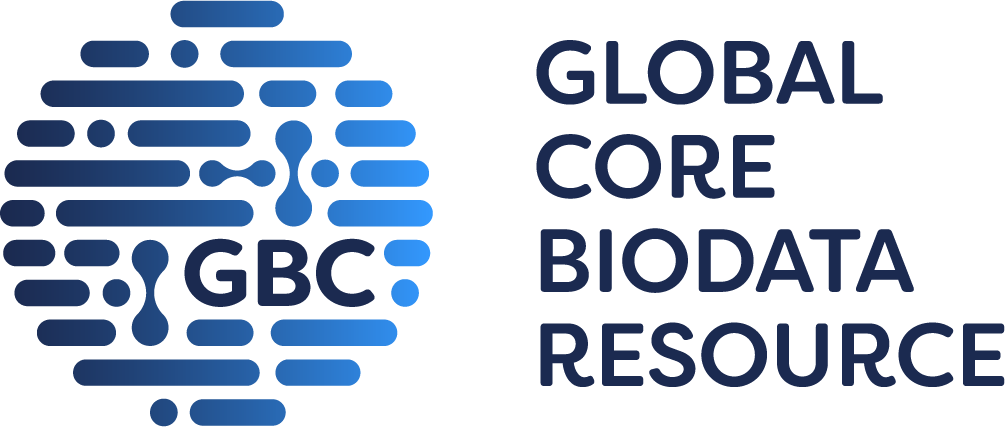mortality/aging
|
• week-old homozygous pups are seen at approximately 50% lower frequency than expected
• however after weaning, surviving mice grown normally
|
behavior/neurological
|
• 13-month-old mice show decreased wire hang fall and reach scores, indicating impaired motor function
• however, no differences in rotarod performance or grip strength, and only a non-significant trend for lower activity levels and decreased time spent in the center of an open field
|
|
• mice exhibit impaired exercise tolerance, with mice exhausting much earlier during moderate intensity exercise than wild-type mice
• during VO2 maximal exercise testing, mice reach or near lactate threshold during maximal exercise and achieve maximal VO2 consumption
• maximal VO2 during exercise testing is lower than wild-type mice
|
cardiovascular system
|
• increase in heart tissue weight and heart-to-body weight ratio
|
|
• eccentric hypertrophy
|
|
• eccentric hypertrophy with a dilated cardiomyopathy
|
|
• in 12- to 15-month old mice
|
|
• in 12- to 15-month old mice
|
|
• 12- to 15-month old mice show lower ejection fraction
|
|
• echocardiography of 12- to 15-month-old mice shows lower ejection fraction associated with lower cardiac output and stroke volume, and increased left ventricular wall mass
|
growth/size/body
|
• increase in heart tissue weight and heart-to-body weight ratio
|
|
• eccentric hypertrophy
|
homeostasis/metabolism
|
• mice exhibit impaired exercise tolerance, with mice exhausting much earlier during moderate intensity exercise than wild-type mice
• during VO2 maximal exercise testing, mice reach or near lactate threshold during maximal exercise and achieve maximal VO2 consumption
• maximal VO2 during exercise testing is lower than wild-type mice
|
|
• liver and cardiac palmitate oxidation is approximately 60% of wild-type suggesting reduced, but not absent, fatty acid oxidation
|
|
• fasted mice exhibit higher long-chain 3-hydroxy-acylcarnitine species in the blood
|
 |
• female mice exhibit slightly lower serum glucose than wild-type mice after 6 hours of fasting
|
|
• total blood ketone concentrations are lower during fasting
|
 |
• male mice exhibit higher respiratory exchange ratio (RER) than wild-type mice during the dark period when mice are most active, suggesting increased glucose metabolism and decreased fat oxidation
• mice exhibit higher VCO2 during dark hours while VO2 is not different
• respiratory exchange ratio is not different in females
|
muscle
|
• eccentric hypertrophy with a dilated cardiomyopathy
|
|
• 12- to 15-month old mice show lower ejection fraction
|
pigmentation
|
• retinal pigment epithelium (RPE) degeneration as indicated by white or hypopigmented spots on fundus images
• 53% of eyes have hypopigmented areas present and retinal cross sections show 80% RPE disruption compared to 40% in wild-type mice
• RPE disruption is not due to lipid deposits
|
vision/eye
|
• retinal pigment epithelium (RPE) degeneration as indicated by white or hypopigmented spots on fundus images
• 53% of eyes have hypopigmented areas present and retinal cross sections show 80% RPE disruption compared to 40% in wild-type mice
• RPE disruption is not due to lipid deposits
|
|
• 52% reduction in photopic b-wave amplitude indicating disrupted cone-mediated function
• however, scotopic b-wave amplitudes are not different
|
|
• scotopic c-waves are reduced by 32%, indicating retinal pigment epithelium dysfunction
|
|
• mice exhibit lower spatial frequency thresholds
|
cellular
|
• liver and cardiac palmitate oxidation is approximately 60% of wild-type suggesting reduced, but not absent, fatty acid oxidation
|
Mouse Models of Human Disease |
DO ID | OMIM ID(s) | Ref(s) | |
| long chain 3-hydroxyacyl-CoA dehydrogenase deficiency | DOID:0061186 |
OMIM:609016 |
J:370486 | |



 Analysis Tools
Analysis Tools